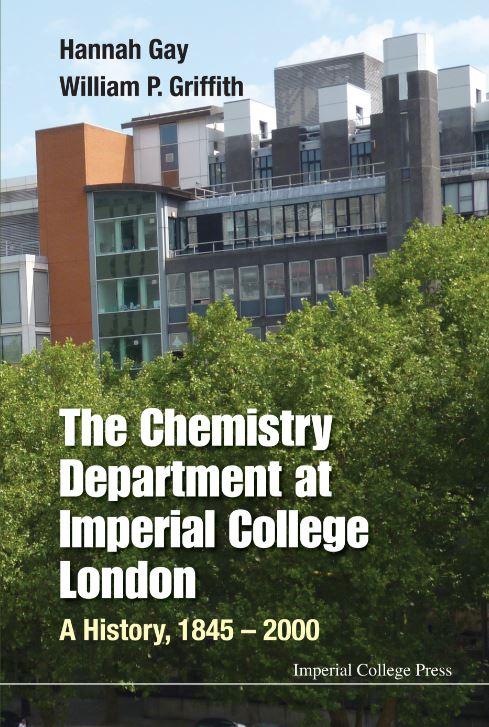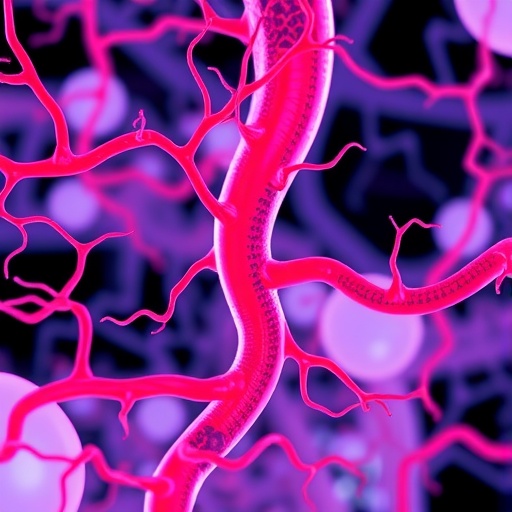
Credit: World Scientific
Why is the history of IC chemistry important? The department spans three centuries – the 19th, 20th and 21st, and today still deals with and looks forward to new challenges. It was the cradle of the British chemical industry – William Perkin, one of its first students, discovered the dye mauveine there and went on to produce it and other dyes on an industrial scale. Many other world-leading chemists and industrialists started at Imperial. Their story is a lively narrative of an extraordinary story.
Chemistry is the most fundamental of the sciences, and is now one of the most popular choices for university entry. Many of the key discoveries in the field were made in the chemistry department at IC, and together with anecdotes of the famous men and women who studied or taught there, we try to highlight their work in a scientific and historical context. In 1845, the year of foundation of the Royal College of Chemistry, chemistry was a relatively new discipline and much was still to be learned about the fundamentals of the subject (the book has an appendix concerning mid-19th century chemistry). Its first professors (A. W. Hofmann, introduced to the college by Prince Albert, and Edward Frankland) were towering figures, outstanding teachers and researchers, laying much of the framework of modern mainline chemistry. Many of the world's outstanding chemists have worked in its laboratories and many more have been educated in them. In the late 20th century, it was home to two Nobel Laureates, Sir Derek Barton and Sir Geoffrey Wilkinson.
There are many anecdotes to enliven the material. The extraordinary contributions from the department to the war effort during the first and second World Wars are highlighted – the IC department was the only one in London to remain open in WW2.
We have tried to provide in our book, a comprehensive picture of the chemistry department at IC down 155 years; using archival sources, oral and written testimony, published and unpublished material. We describe the main contributions to chemistry from the department's most famous chemists, together with appropriate biographical details.
This book is sold at major bookstores at US$68 / £56 (hardcover). To know more about the book or place an order, visit http://www.worldscientific.com/worldscibooks/10.1142/p1087.
###
About the Authors
Hannah Gay was a professor of history at Simon Fraser University, Vancouver, and is now an honorary research associate in its chemistry department. Before going to Canada, she did her B.Sc. and Ph.D. at Imperial College. She was commissioned by IC to write the magisterial The History of Imperial College London, 1907-2007. She has also written another book on IC, The Silwood Circle: A History of Ecology and the Making of Scientific Careers in Late Twentieth-Century Britain, and has written many historical papers.
Bill Griffith is an emeritus professor in the chemistry department at Imperial College, and did his B.Sc. and Ph.D. there with the late Nobel laureate, Sir Geoffrey Wilkinson. He then worked with a Fulbright award in Chicago and Stanford universities with another Nobel laureate, Henry Taube, before returning to IC. He has published eight books on the chemistry of the platinum group metals, some 300 research papers and several papers on historico-chemical topics.
About World Scientific Publishing Co.
World Scientific Publishing is a leading independent publisher of books and journals for the scholarly, research, professional and educational communities. The company publishes about 600 books annually and about 130 journals in various fields. World Scientific collaborates with prestigious organizations like the Nobel Foundation, US National Academies Press, as well as its subsidiary, the Imperial College Press, amongst others, to bring high quality academic and professional content to researchers and academics worldwide. To find out more about World Scientific, please visit http://www.worldscientific.com. For more information, contact Amanda Yun at [email protected]
Media Contact
Amanda Yun
[email protected]
@worldscientific
http://www.worldscientific.com
############
Story Source: Materials provided by Scienmag





